The Pin Positions That Define Augusta National
Every green at the Masters is intricate but certain hole locations stand above the rest


Few courses in professional golf are as demanding as Augusta National. With severe slopes on and around all 18 of its green complexes, the Masters host conducts a thorough examination of approach play for the best players in the world every April. But it is not the slopes themselves that separate the contenders from the pretenders.
Players and fans alike are at least somewhat familiar with the greens of the Masters. Even if you haven’t been on site, you probably know the butterfly nature of the second green, the huge mounds around the eighth, the table-top 15th, and the right-to-left funnel of the 16th. But no matter how knowledgeable you are about the greens themselves, understanding how each slope and pin position is best attacked is a steep learning curve. It’s the reason we haven’t seen a Masters rookie win in their first attempt in decades and why you’ll see young players, at least the smart ones, attempt to play practice rounds with veterans. It is crucial to have a complete understanding of which pin positions are more forgiving and those where disaster looms. Strategy off the tee may not always be affected by a pin on a given day, but understanding its location and impact on the approach shot is crucial to avoiding big numbers.
This learned experience gets at the heart of what makes Augusta National so special. It allows us to be wow-ed by an approach we know to be difficult and to cringe when we see a shot headed for the wrong area. Unlike other venues where good and bad is black and white, Augusta National’s greens and pin positions require a more in-depth look.
The Pins that Define Augusta National
No matter where a hole location is at Augusta National, players can very quickly find themselves out of position. Still, there are some locations that are better than others, ones where players immediately know whether or not they have done what it takes to execute the question being asked of them.
Back Left and Back Right on No. 2
No matter the pin, the strategy from the tee on the first par 5 on the course remains the same: shape a right-to-left shot and get it chasing down the hill. From there, the pin can play a major role in a player’s ability to score. When tucked deep on the wings on either side of this green, a miss in that direction often shortside a player in their attempt at birdie. Missing left to a left pin or right to a right pin leaves very little room to get up and down. Come Sunday and the traditional back-right location, players know that if they miss a birdie on No. 2 they may not have another good look for an hour or more.
{{content-block-the-pin-positions-that-define-augusta-national-001}}
Left on No. 3
The traditional Sunday pin, the left pin on No. 3, is one that can, and often does, change players’ strategy off the tee. Set on an incredibly narrow ledge with the false-front short and run-off behind, this pin sees more players lay back off the tee to avoid the bunkers and leave a full wedge to the center of the green. Those who choose driver and finish left, as Scottie Scheffler displayed in 2022, face an incredibly difficult shot up the hill to this green. Controlling the spin into this pin is as demanding a wedge shot as players face all year, especially when the green is firm.

Back right on No. 6
The back-right pin on the sixth is often used twice throughout Masters week. Set high atop a small tier separated by dramatic slopes short and left, these pins either result in a birdie putt inside 10 feet or one of 50-plus feet. Ahead of the 2024 Masters, Rory McIlroy also noted that an additional slope was added behind this section of the green, work that doesn’t align with Alister MacKenzie’s style but work that now requires additional precision.
{{content-block-the-pin-positions-that-define-augusta-national-002}}
Front on No. 7
The par-4 seventh is often listed among fans’ least favorite holes at Augusta National. Extremely narrow off the tee and sloping left-to-right in the landing zone, this hole is the first on the course that requires a dialed tee shot to catch the fairway. Its green is one of the smallest on the course yet still has immense contour, making it very difficult to have a short birdie putt. That is, until Sunday when the pin is up front in a bowl. While this funnel isn’t a gimme to find, those who do get their approach shot in this section of the green are rewarded with a good look at three.
{{content-block-the-pin-positions-that-define-augusta-national-003}}
Pins on the Right of No. 8
After dropping down off the sixth tee, players remain in a lower section at the middle of Augusta National’s property until they reach their drives on the par-5 eighth hole. Here, they face a huge climb to a green surrounded by mounding and one that encourages a right-to-left shot. With trees overhanging on the left, the miss is often out to the right, towards the ninth tee. But when the pin is on the right side of the eighth green, missing right makes birdie a very difficult proposition. The slopes guarding the green are unavoidable, making it necessary to keep an approach short or left of them in order to have a good look at four. Like the second hole, a wasted opportunity on No. 8 adds stress to a player in contention.
{{content-block-the-pin-positions-that-define-augusta-national-004}}
Front on No. 9
The ninth hole at Augusta National might be the most underappreciated hole in all of professional golf. Its approach shot is a thing of beauty, requiring a high shot into a very difficult green off a downslope. According to Geoff Ogilvy, “[The approach on No. 9] plays quite long, and it effectively plays uphill because you’re playing off such an extreme downslope. You’re off such a downslope that it’s hard to get it in the air on the second shot.” Because of that downslope, stopping the ball on the front section of the ninth green is incredibly difficult, especially with the devastating false front that lies just feet from the pin.
{{content-block-the-pin-positions-that-define-augusta-national-005}}
Right on No. 12
This might be the most famous pin in golf, and for good reason. I would argue that the right pin on Golden Bell is the epitome of what makes Augusta National great. If you hit a solid shot with the right shape, on the right line, at the right time, you can make an easy birdie. Mess up the contact, shape, line, or timing with the wind, and you could very easily have to re-tee.

Left on No. 14
Tucked between two of the most famous par 5s in the world, the par-4 14th has received increasing appreciation in recent years. The only bunkerless hole on the course, No. 14 has one of the most fascinating greens at Augusta National. The entire front half of the green is unpinnable (at least at Masters speed), and the back half slopes severely from left to right, matching the camber of the land. It’s this heavy-handed slope that shapes the character of this hole and makes the left pin so tantalizing. Getting to this pin requires players to keep the ball left when everything about the lie and shape of the hole encourages you to hit it right. Anything right of this pin is liable to funnel all the way to the right side, leaving another very long birdie look.
{{content-block-the-pin-positions-that-define-augusta-national-006}}
Left on No. 15
Similar to the short par-4 third, the left pin on the final par 5 on the course sits on the narrowest section of its green with a false front and a run-off in the back. Those who try to go for the left pin on No. 15 in two have to hit a remarkable golf shot, as Sergio Garcia did on his way to a green jacket in 2017. Otherwise, the safe play is to hit at the fat section of the green on the right and try to navigate a slippery downhill two-putt. Those who lay up short of the water will face a downhill lie that takes spin off the golf ball into the narrowest section of the green, causing many to play the safe shot out to the right. So while it’s not completely necessary to get your second shot over the water on the 15th hole to have a chance at birdie, it does make life considerably less stressful (assuming you hit your second shot the proper distance).
{{content-block-the-pin-positions-that-define-augusta-national-007}}
Back on No. 17
After a string of birdie opportunities, Augusta National closes with two bruising par 4s, including the 17th which has one of my favorite greens on the course. The back pins on the penultimate hole, both left and right, are particularly interesting as they don’t offer a run-up option like many other holes on the course. After climbing the hill in the fairway, players are asked to hit a high shot to these back pins that stops short of the severe slope over the green. When the 17th green is firm, there aren’t many approach shots more demanding at Augusta National.
{{content-block-the-pin-positions-that-define-augusta-national-008}}
Front-Left on No. 18
The front-left pin on the home hole can seem relatively easy on paper. Slopes behind the hole and to the right help feed the ball in, making this section play bigger than it is. But since the second shot is so uphill, players with lower ball flights can have trouble getting enough spin to stop the ball in this section unless they have a short iron in. With slopes left and short right of this location, this pin does also have natural defenses to counteract its helper slopes. Still, like many shots at Augusta National, those who answer the question in terms of shot shape and distance can easily find manageable birdie putts.
{{content-block-the-pin-positions-that-define-augusta-national-009}}
Leave a comment or start a discussion
Engage in our content with thousands of other Fried Egg Golf Members
Engage in our content with thousands of other Fried Egg Golf Members
Get full access to exclusive benefits from Fried Egg Golf
- Member-only content
- Community discussions forums
- Member-only experiences and early access to events





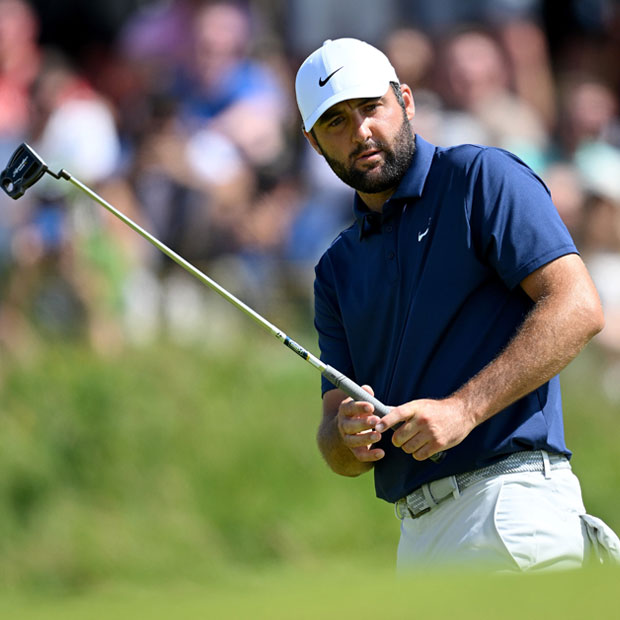



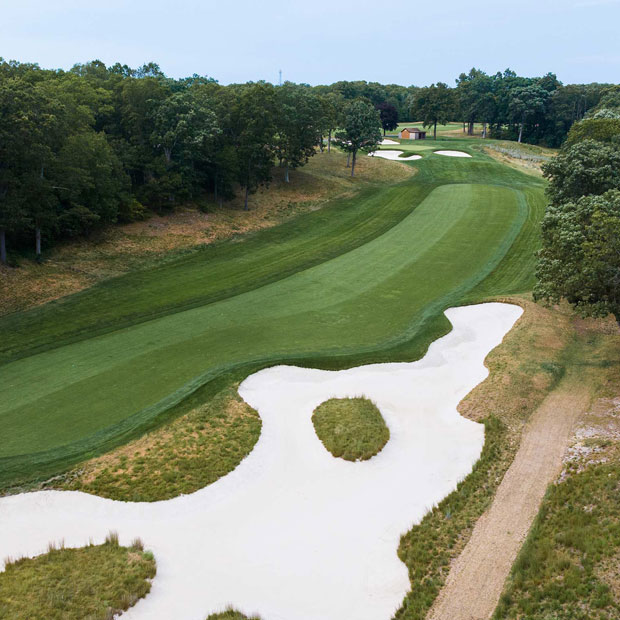

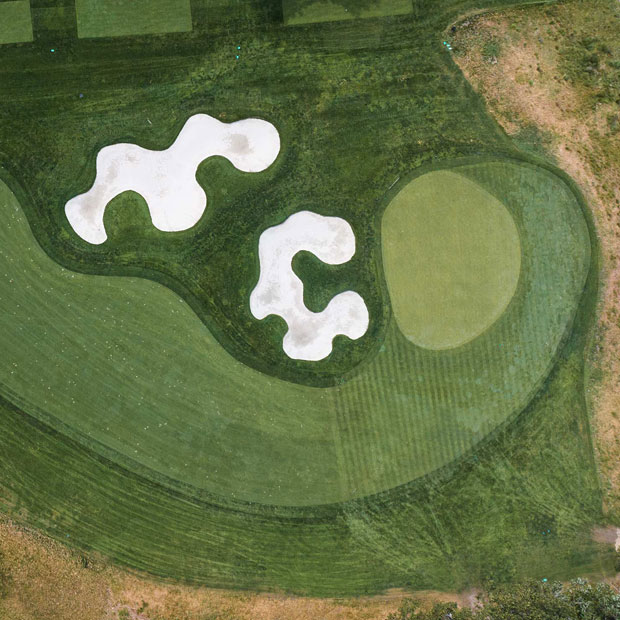

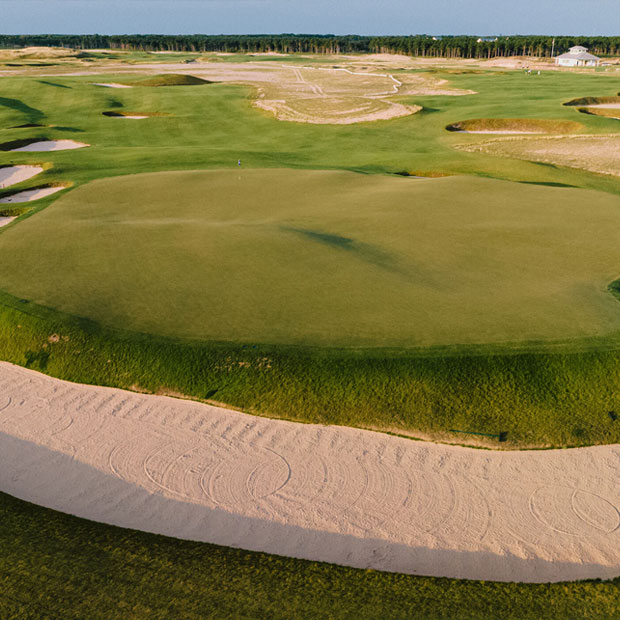
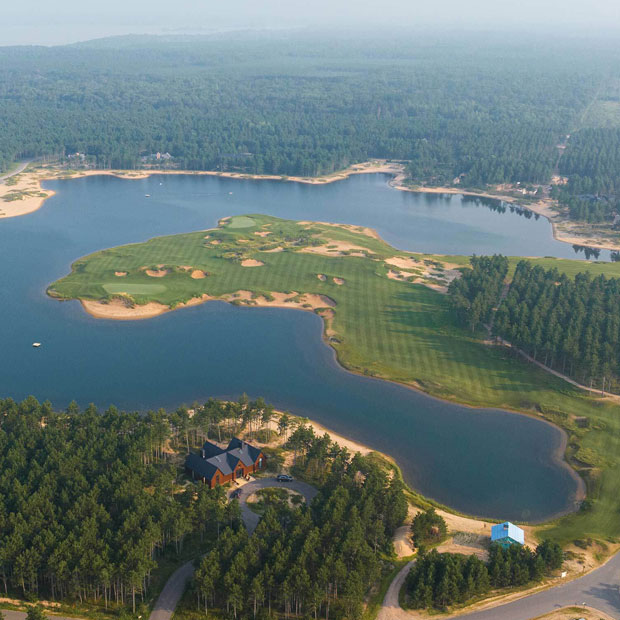
Leave a comment or start a discussion
Lorem ipsum dolor sit amet, consectetur adipiscing elit. Suspendisse varius enim in eros elementum tristique. Duis cursus, mi quis viverra ornare, eros dolor interdum nulla, ut commodo diam libero vitae erat. Aenean faucibus nibh et justo cursus id rutrum lorem imperdiet. Nunc ut sem vitae risus tristique posuere. uis cursus, mi quis viverra ornare, eros dolor interdum nulla, ut commodo diam libero vitae erat. Aenean faucibus nibh et justo cursus id rutrum lorem imperdiet. Nunc ut sem vitae risus tristique posuere.